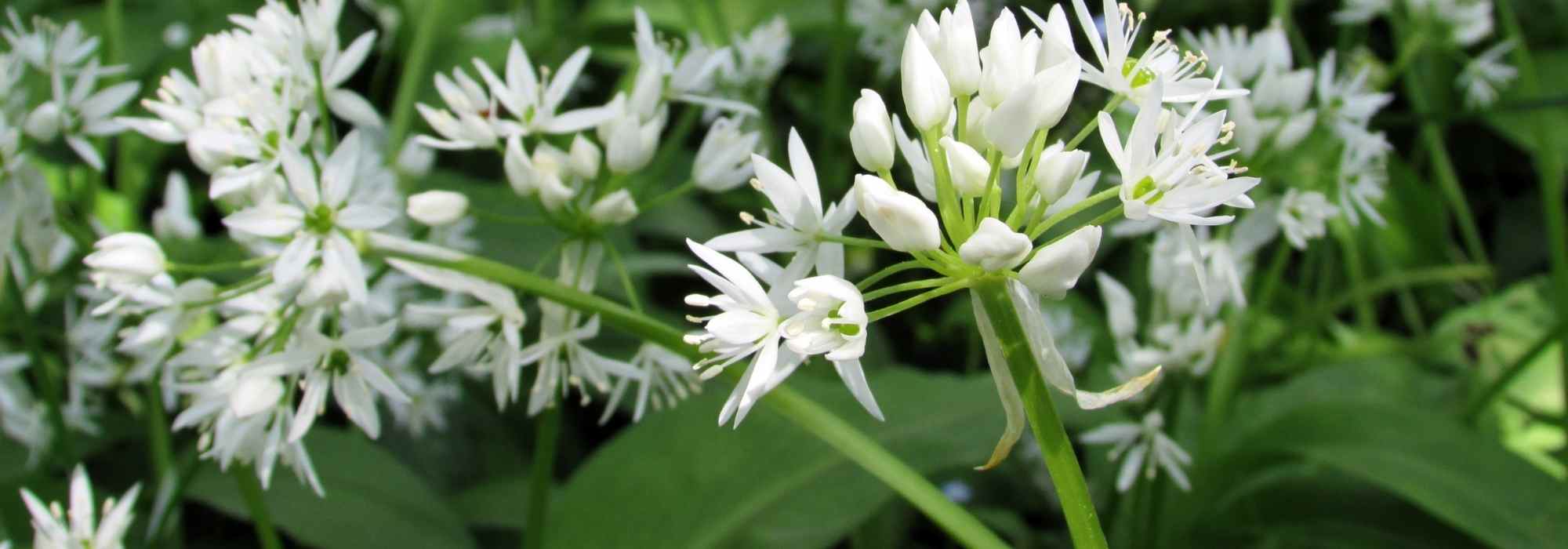
Growing wild garlic in pots
Succeeding in growing on your balcony or terrace
Contents
Bear’s garlic or Allium ursinum is a wild garlic commonly found in our woodlands during spring, identifiable by its characteristic garlic scent when the leaves are crushed or during full flowering. It can easily be grown on your balcony or terrace, provided you offer it a shady spot and ensure frequent watering during the growth period in spring. Discover how to pot it to enjoy its white umbels in bloom, its delicate flavour, its numerous uses, and its benefits.

Allium ursinum
When and how to plant wild garlic?
There are three planting methods possible at different times of the year:
- By sowing seeds between July and September in situ or in February/March under cover;
- By planting bulbs in autumn;
- In pots to be planted in early spring or possibly in autumn.
Sowing bear’s garlic
Sow directly in pots between July and September, ensuring good moisture for germination. You can also sow in February/March, but it should be done in a warm environment at a temperature of 15 to 20 degrees, and be careful with watering for germination. Transplant at the 4-leaf stage.
Planting bulbs
Plant bulbs ideally between September and October, burying them 10 to 15 cm deep, spaced 7 to 15 cm apart depending on the size of the bulbs. Water generously at planting, but then leave the pot undisturbed during winter and cold. Resume watering as soon as the first leaves appear in February.
Planting in pots
Plant Bear’s Garlic in pots ideally in March or April. Maintain frequent watering until flowering. You can also place the pots in autumn.
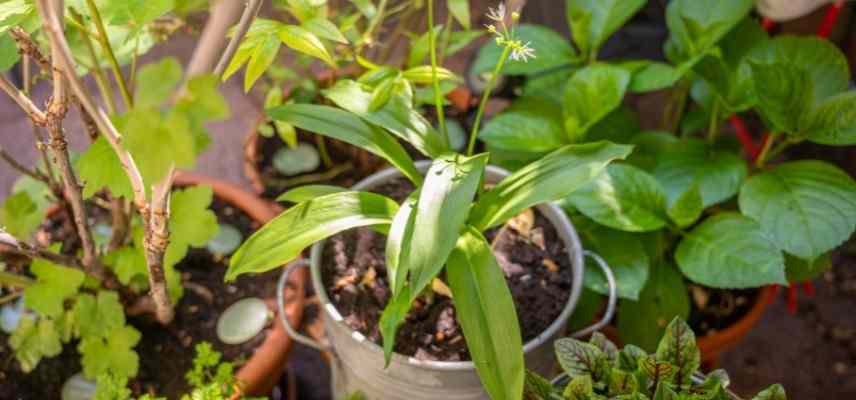
What type of pot and substrate?
Which pot?
Wild garlic needs a substrate that remains moist; a terracotta pot requires more frequent watering as water evaporates more quickly. Other materials retain moisture for longer. Choose a pot made from a material other than terracotta, and ensure a layer of clay balls at the bottom of the pot to optimise drainage. In any case, the pot must have drainage holes to allow excess water to flow out naturally.
The pot should be wider than it is tall, as the bulbs multiply quite rapidly. Ensure a pot that is at least 20 cm deep and 30 cm wide.
Substrate
Create a substrate inspired by its natural environment: humus-bearing and moist. Prepare some drainage using sand or pumice mixed with potting soil for vegetables. Also, add mature compost if possible or leaf mould.
For example, mix 30% potting soil, 30% garden soil, 20% compost, and 20% drainage material (clay balls, gravel, stones, pumice). To measure your components easily, count in handfuls: here, 3+3+2+2. You can make a simpler mix, as long as you include some drainage material and potting soil or compost.

Discover other Garlic Heads
View all →Available in 2 sizes
Available in 2 sizes
Available in 2 sizes
Available in 1 sizes
Available in 1 sizes
Available in 1 sizes
Available in 1 sizes
Available in 1 sizes
Available in 1 sizes
Available in 2 sizes
What exposure and how to water?
Exposure
Wild garlic is grown in shade or partial shade, enjoying morning or late afternoon sun.
Watering
To keep the substrate fresh in the pot, ensure you water whenever the top 2 centimetres of the substrate become dry. In spring, during the growth and flowering phases, you will likely need to water 2 to 3 times a week. However, depending on your region and climate, observe the substrate and feel it to check. Stop watering after flowering.
Afterwards, the plant enters dormancy and disappears. You can leave the bulbs in the pot all year round, and new shoots will reappear the following spring.
Read also
How to store wild garlic and use it?Amendment and care
Wild garlic is not demanding, however, it is beneficial to add mature compost or leaf mould to the surface of the pot each autumn. Alternatively, you can add worm compost, which will provide advantageous nutrients.
For maintenance, plan to divide the bulbs after 3 or 4 years to make space in the pot. Allium ursinum is an easy plant to grow, requiring no further care.
Consumption and use
All parts of wild garlic are edible: bulbs, leaves, and flowers. It is best to consume the leaves before flowering, as they become a bit too tough afterwards.
Growing it at home allows you to enjoy the raw, chopped leaves without any risk. You can also blanch them for 1 minute in boiling water.
They can be used in omelettes, quiches, or as a substitute for spinach with vegetables. They form the basis of several delightful spring recipes, such as wild garlic pesto, and pair very well with fresh cheeses, sun-dried tomatoes, and almonds…
The leaves freeze easily, whether whole or chopped. Wild garlic is renowned for its purifying properties, making it a welcome addition after winter. Don’t hesitate to find a spot for it on your balcony or in your vegetable garden.
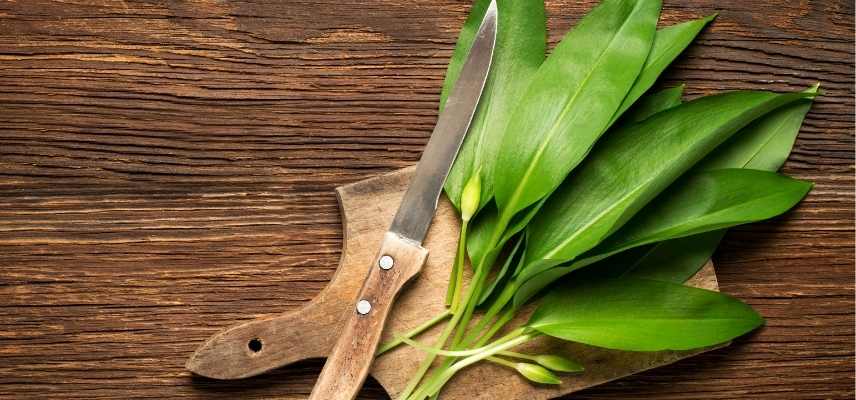
Wild garlic pesto
Wild garlic pesto is truly the most iconic recipe for this condiment, as it highlights its fresh and delicate garlic flavour, serves as a good preservation method, and can be used in numerous ways. Proceed as follows: once the wild garlic leaves are washed and trimmed, chop them and place them in a blender. Then, you can make your pesto in several ways:
- Like an Italian basil pesto by adding pine nuts, parmesan, and olive oil
- Simply: by adding only olive oil
- With sun-dried tomatoes, chopped almonds, and olive oil
Don’t forget to season with salt, moderately if using parmesan or sun-dried tomatoes. Drizzle a little olive oil on the surface of the pesto for preservation. Enjoy it with pasta, as a spread, as part of a sauce or vinaigrette, or in an omelette…
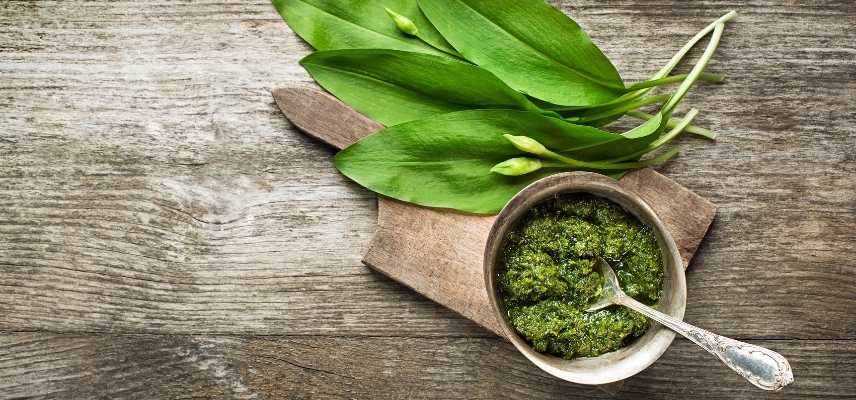 Wild garlic pesto: very trendy in our kitchens!
Wild garlic pesto: very trendy in our kitchens!
- Subscribe!
- Contents
































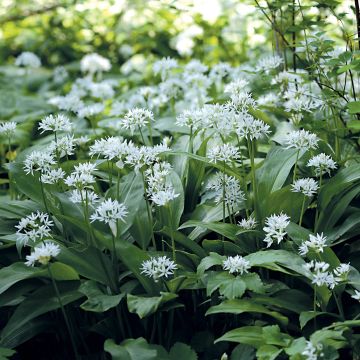

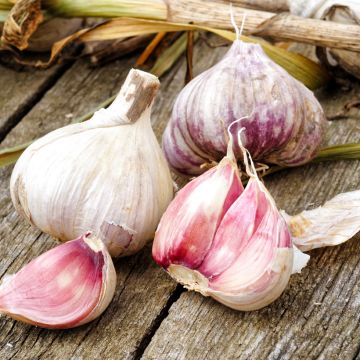

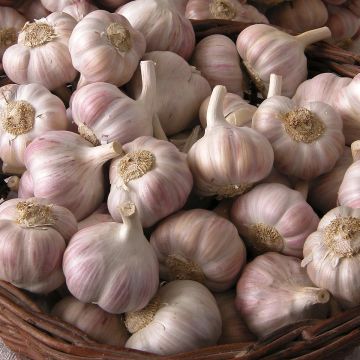

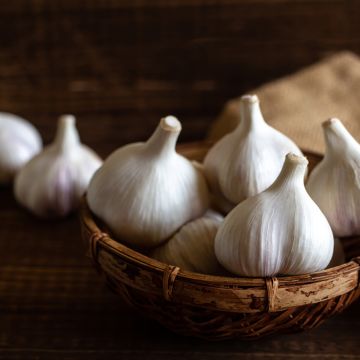

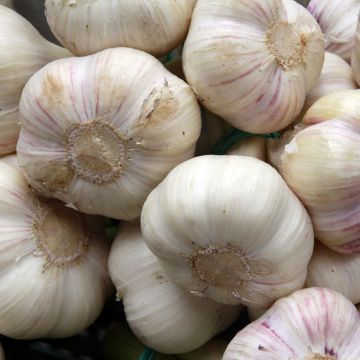
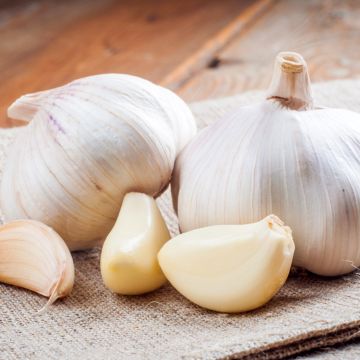
Comments